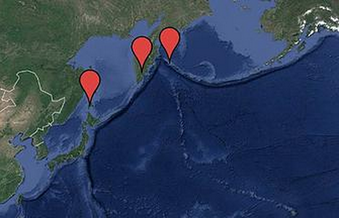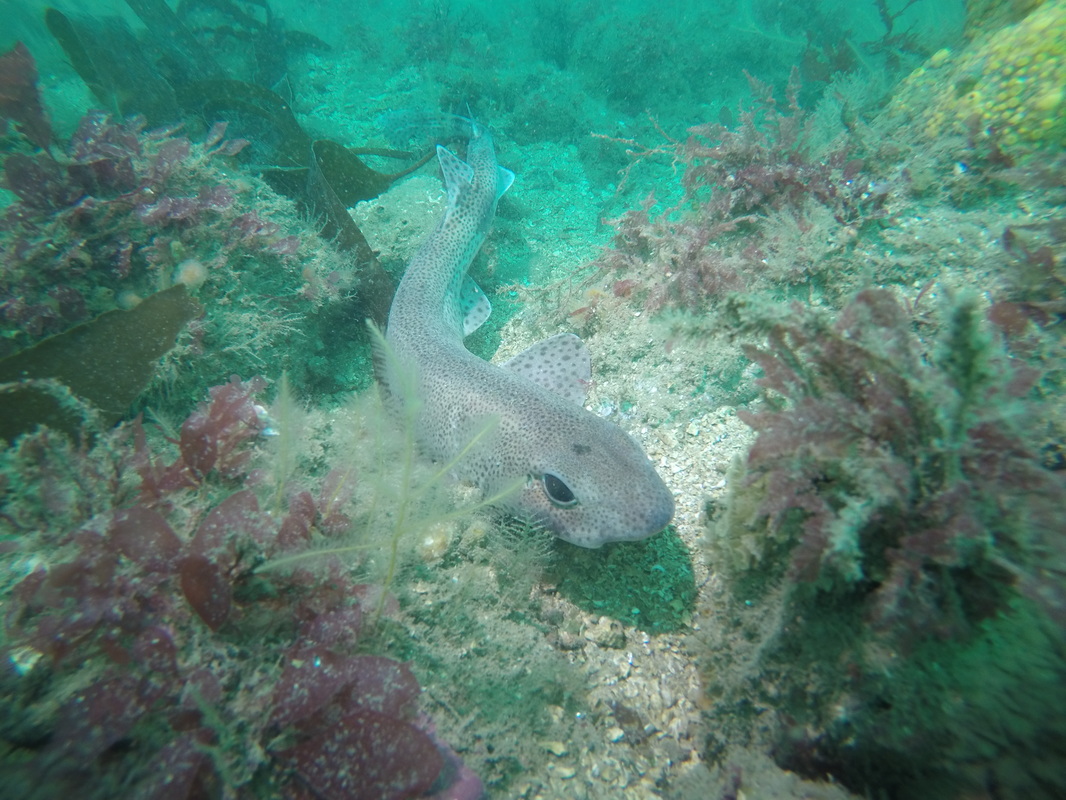ASC Staff
Giulia Grimaldi and Barbora Vagaska are headed to explore new waters—literally—off the shores of eastern Russia this summer.
The two scientists at the University College London have signed on to gather water samples for the ASC Microplastics Project during their scuba diving expedition to the Kamchatka Peninsula, the Commander Islands, and potentially on Sakhalin, another remote Russian island.
Most of Kamchatka is quite well dived, she explained, but they’ll be headed out with locals to new un-dived sites. The Commander Islands, a group of sparsely populated, treeless islands east of Kamchatka in the Bering Sea, are relatively unexplored by divers.
Watch a video of Grimaldi and Vagaska during a training dive in Portland, UK:
 The expedition is headed to dive on the Kamchatka Peninsula, the Commander Islands, and potentially on the island of Sakhalin.
The expedition is headed to dive on the Kamchatka Peninsula, the Commander Islands, and potentially on the island of Sakhalin.
Grimaldi met the Slovakian Vagaska, who is in between postdoctoral studies in developmental biology, when they were working in a lab together at the Institute of Child Health.
Grimaldi taught Vagaska to dive, and they’ve since traveled to places including the Red Sea, White Sea and Iceland to explore the underwater world. On the expedition, they expect to see rocky reef habitats with walls, pinnacles, canyons and gullies rich in marine life.
“It is a relatively similar underwater landscape as northwest Scotland, but the marine life tends to be much larger in size,” Grimaldi said.
There will likely be crabs, sea anemones, sea urchins, sea lions, giant octopus and nudibranchs, among other aquatic creatures, she said, and the water temperature will max out at around 4°C (39°F), with underwater visibility varying from 1-5 meters.
As far as what type of microplastics the water they collect will contain, we’ll have to wait to find out.

